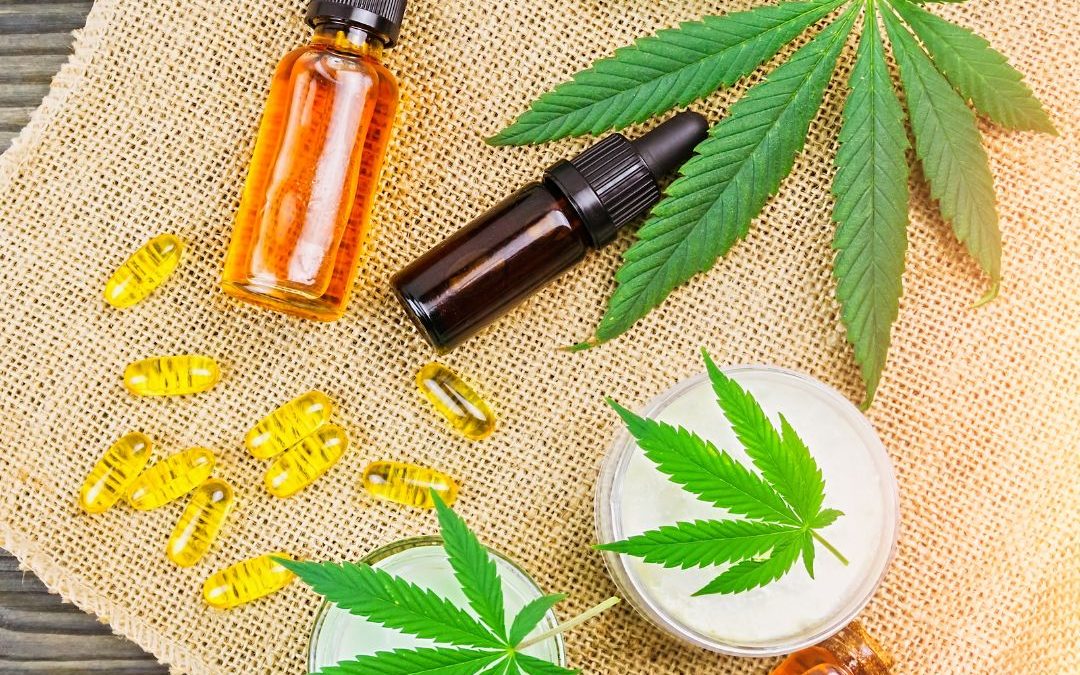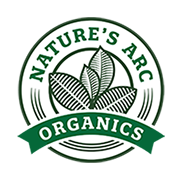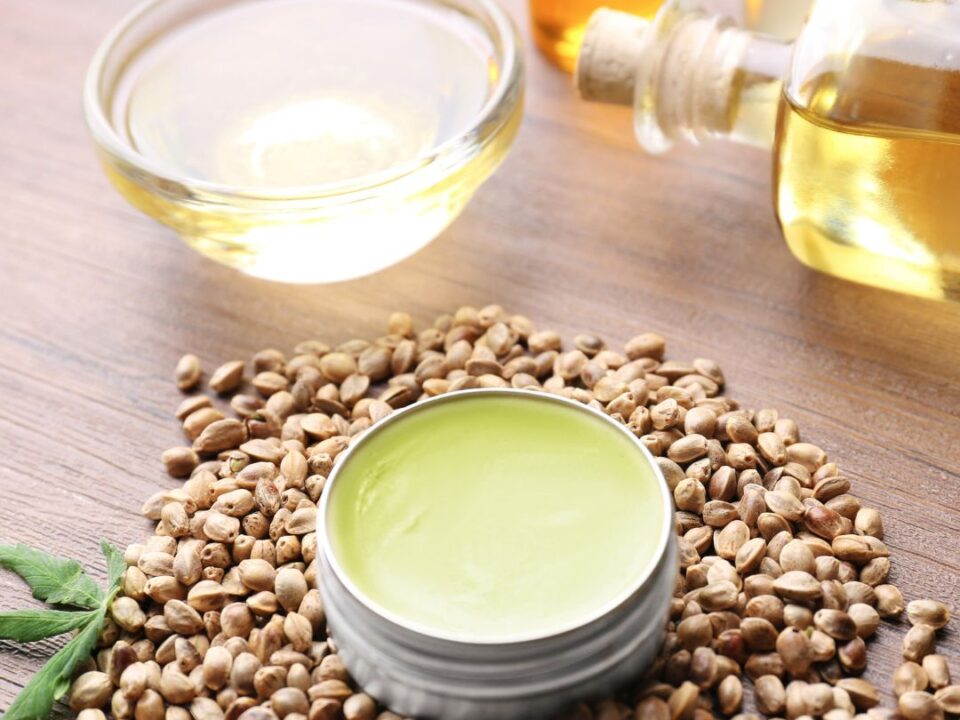
How does CBD work? Cannabidiol or CBD is a phytocannabinoid that has been around since the early 1940s. It is one of over 113 phytocannabinoids found in the cannabis plant, and it is known for having little to no traces of delta-9 tetrahydrocannabinol (THC), ultimately broadening its appeal. Since there are such minimal traces of THC in most CBD-infused products, no psychoactive stimulus is present to promote the effects that many experience when consuming marijuana.
Regular CBD use has proven to be beneficial in aiding in the relief of ailments such as anxiety, chronic pain, depression, and multiple neurological conditions. There are several different consumption methods when it comes to CBD oil, and each route comes with its own time frame in regards to how quickly it begins to work. Knowing the metabolic rate and activation period of each dosing method can help you determine which consumption route is best for you.
CBD Tinctures
CBD tinctures are technically considered dietary supplements, and they contain concentrated cannabidiol in a liquid form. These tinctures are made by heating the hemp flowers that CBD is derived from in a potent alcohol and then cooking it with minimal heat for hours on end. Some manufacturers use vinegar or similar substances in place of alcohol, but experts typically recommend against this as it doesn’t always produce a high-quality product.
Once the tincture is in the hands of the consumer, they take it sublingually by putting two or three drops under their tongue and holding it there for thirty to sixty seconds at a time. While the oil sits underneath the tongue, it starts to absorb the product directly into the veins, automatically transferring it into the bloodstream. This is one of the fastest application routes, only taking about five to twenty minutes to work. Sublingual application is quite popular due to tinctures being highly accessible and relatively affordable.
CBD Gummies
Gummies are another popular way to consume CBD products. Often, people choose a product form that makes them feel comfortable when trying something new. Nearly everyone enjoys gummies. Accordingly, it’s a popular way for people who are new to CBD to try the product. Gummies are a great way to enjoy the maximum effect of CBD. Also, they’re pretty tasty.
Because CBD gummies resemble candy, it makes it easier for some people to take them every day. Accordingly, these individuals can eventually experience the full benefits of CBD use. Others enjoy CBD gummies because they’re discrete. In public, it’s easier to eat a gummy compared to placing the oil under your tongue. When consuming CBD gummies in public, a person looks like they’re simply enjoying candy.
However, there’s another benefit to CBD Gummies. Edibles are more effective than oils. Gummies must pass through your digestive system. When you eat them, the chemical disperses through your body as your digestive system breaks it down.
Some people find it beneficial to have a few CBD gummies in the morning. This habit sets a calming, relaxing tone for the day.
CBD Softgels
The process behind soft gels metabolizing is almost parallel to how CBD edibles work. Since the soft gels have to go through the digestive system and become filtered through the liver, it takes them a lot longer to reach the bloodstream. Once they finally reach their destination, about thirty minutes or more have usually passed. By the time the digestive process reaches this stage, the effects can sometimes lessen due to the product becoming diluted from being passed through so many vessels throughout the body. It is important to note, however, that this could be an effective consumption method for those who are looking to take CBD for general health purposes as opposed to treating certain ailments. They may also be suitable for individuals who tend to be a bit more sensitive to the taste of CBD oil when taken sublingually through tinctures.
CBD Topicals
In the CBD world, topicals work a bit differently than other routes of dosing. This is because topical gels are used to specifically target problematic areas on the body as opposed to experiencing the effects of cannabidiol as a whole. This method is often utilized by individuals who experience chronic pain in certain areas, as well as those who deal with stiff muscles or joints. Although it only works on targeted areas, CBD topicals usually work within minutes after applying them to the affected muscle or joint. Topical CBD products often contain higher amounts of CBD in them, starting around 500 mg or more.
The benefits of regular CBD consumption are undeniable, and the wide array of application methods available gives almost anyone the opportunity to see what it has to offer. As more and more studies emerge, medicinal CBD use is becoming generally accepted by both physicians and patients as a way to aid in the treatment of several conditions. Knowing how long each consumption route takes before the desired effect is reached will allow you to determine the most suitable option for you.
How long does CBD Oil Stay in your System?
Since CBD has been newly legalized, more research is desperately needed to understand its various impacts on your physiology. Unfortunately, as a result of this relative lack of research, it’s difficult to make a blanket statement about how long CBD oil stays in your system. Broadly speaking, the accepted rule is that it can take around one week for CBD to completely leave your system. This number can increase or decrease depending on dosage and your height, weight, metabolism, method of ingestion, and method of testing. Furthermore, CBD does build up in your body, and the more you take, the longer it will take to leave your system.




